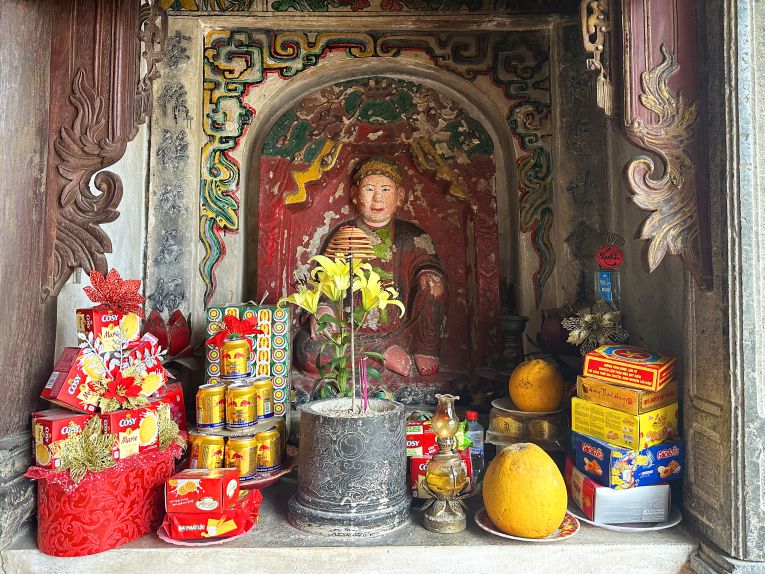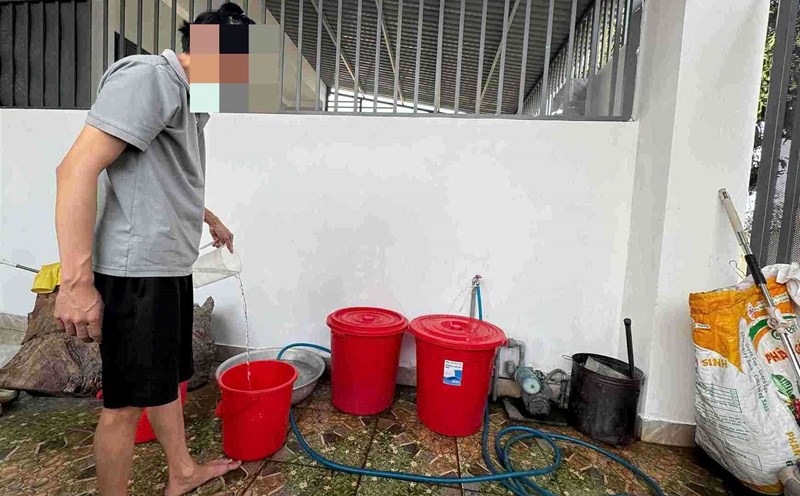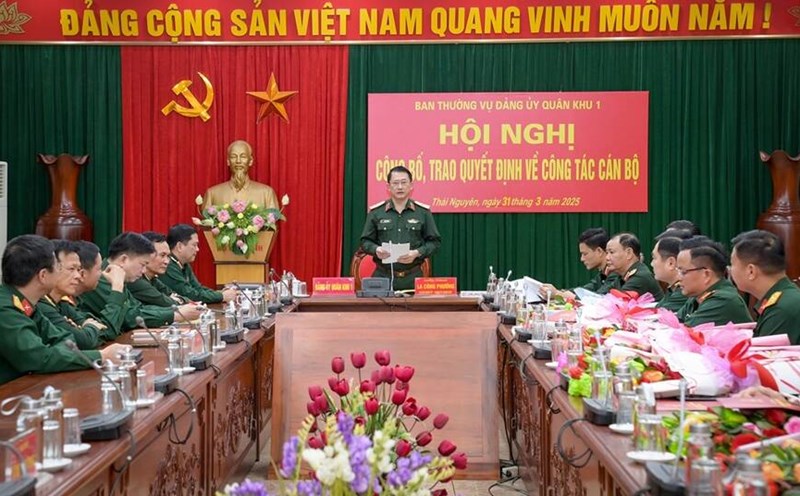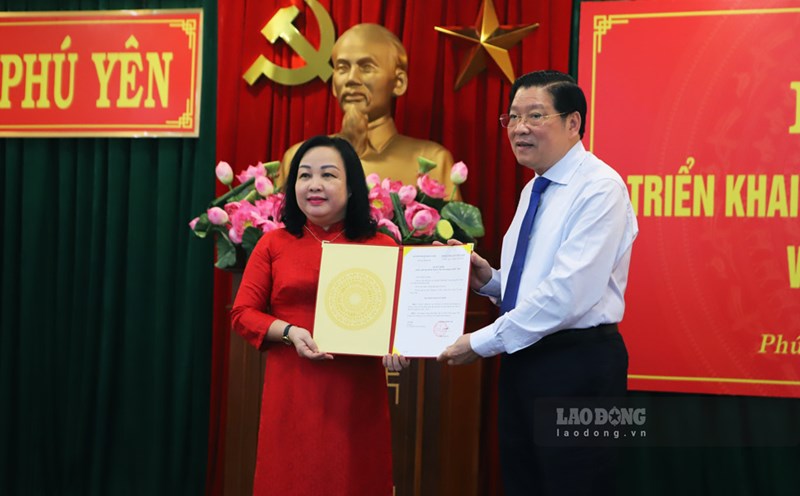The pagoda was built in the 14th century, and to this day, it still preserves some structures and architectural materials dating from the Tran Dynasty, the early Le, Mac, Le Trung Hung, and Nguyen Dynasty. Not only that, the pagoda was also an important revolutionary base during the resistance war against French colonialism and American imperialism.
Ancient monks on Thang Long land worshiped the Holy One
Boi Khe Pagoda is also known as Dai Bi Tu, formerly a pagoda shared by Boi Khe and Hong Khe villages. In the past, Boi Khe pagoda was located on Boi Khe commune, Boi Khe commune, Thanh Oai district, Ung Thien prefecture, Son Nam Thuong town. Today, the pagoda is located in Song Khe village, Tam Hung commune, Thanh Oai district, Hanoi city.
According to legend, the pagoda was built under the Tran Dynasty. Some researchers, analysts and comparisons of decorative art and ancient architecture believe that Boi Khe Pagoda was built in 1338, during the Tran Dynasty.
There are also some hypotheses based on real historical documents such as the stele and carving style that the pagoda was built under the Ly Dynasty. Researchers also based on the findings and conducted a C14 homologue test, the results of which showed that the pagoda was built under the Tran Dynasty at least.
As one of the earliest pagodas in the Red River Delta, Boi Khe pagoda not only worships Buddha but also worships the Holy Mother. The Saint worshiped at the pagoda is often called Duc Thanh Boi, he is the surname Nguyen, his surname is Binh An. Duc Thanh Boi is a native of Boi Khe, at the age of 6, he lost his parents and had to live with his uncle. When he grazed buffaloes, he encountered a year of drought, often encountering shrimp, crab, and fish to take to the Nhue River to breed, then to Bui Xa well to bathe. At the age of 9, he got married and converted to the monastery of Tien Lu (ie Tram Gian pagoda).
Later, his reputation spread throughout the four regions, and he was appointed by King Tran as Chan Nhan. When the Ming army invaded the pagoda, he caused blood to rain, forcing them to flee. At the age of 95, he set up a personal examination room on the left side of Tien Lu Buddhist temple and invited Tu Bich (including Thuong Trang, Noi Trang, Phuong Tuyen and Tho Ngoa) and the monk and said: Now the so bac thang is over. The teacher went to the temple to see if there was a hundred days of waiting and opened it, and if there was a fragrant smell, he would bury it, but if it was dirty, he would bury it behind the pagoda.
On the 4th of January, local people opened the shop to see the suffocating aroma, the people of Tu Bich together carved statues to worship, offered and preached to the whole area. Since then, Tien Lu monastery has been the main place of worship, Boi Khe pagoda is the place of worship for him.

The beauty of traditional architecture
Boi Khe Pagoda is located on a land area of over 8,400m2, with the main architectural system running along the vertical axis, facing the West towards Duc Thich Ca when joining Niet Ban. Coming to the space of the pagoda, first is the area of 5 tomb towers, marking the land of Buddha. From the location of the 5 tomb towers leading to Ngu Mon gate, there is a large yard, where two heritage trees with more than 400 years of age are planted, the Bo Bo tree and the banyan tree.
leading to the main architectural area is Ngu Mon Gate with one main gate, two side gates and two alleys, the gate is built in a two-story style, combined with pillars. Following the main axis is a brick bridge, spanning Do Dong Giang, creating a beautiful space like a rainbow across the riverbank, going all the way to the brick bridge is the place where two large stone pedestals are placed, where the footprints of Duc Thanh Boi when returning to his hometown are deposited.
Coming to the inner part of Boi Khe Pagoda, in front is Tam Quan Gate, Tam Quan Gate is also the gate's bell tower. On the current bell tower, a large bell is hung, cast in the 4th year of Thieu Tri (1844). According to the stele documents in 1883, the Saint- leg of the princess offered a large rose, but it was later lost.
Behind Tam Quan is a large yard with an airy space, interspersed with rows of trees to create a peaceful scene for meditation. In the middle of the yard is a solid stone collapse with delicate and meticulous lines and patterns; in addition, there are a pair of stone elephant statues, stone incense sticks...
At the end of the yard is the Tam Bao Phat worship area, built in the "Inner Foreign Affairs" architectural style, behind which is the Temple of the Holy Mother. The overall architecture is connected to each other, however, the worship space is clearly separated, in the style of "Buddha-rabi".
The opening of the main Buddha worship space is the front hall building with 7 rooms built on a high foundation with three levels leading up. On the steps leading to the front hall, there are still dozens of bricks dating back to the Mac Dynasty with a variety of models and decorative patterns.
On the left of the front hall, there is still a unique "thank you" relief, exuding a spirit imbued with the art style of the Mac Dynasty. The top of the roof has the name of the pagoda and clearly states that it was rebuilt under the reign of King Khai Dinh. Behind the Tien Duong building is a drinking pipe called Thieu Huong, connecting from the Tien Duong building to the Upper hall. From the location at both ends of the Front hall, two rows of corridors running eastward were created, with 7 houses.
Here, 18 La Han statues are decorated with terracotta, painted with gilded gold on the outside. Connecting the two corridors together is the hall of the Sea, which also functions as the Forbidden Temple of the Holy Temple. The Thanh Cang was built in the style of "Chong Diem 2storeys 8 roofs". The pagoda also has a number of other architectures such as the Ancestor's House, the Mother's House, the Monk's House...
Ancient antique, revolutionary base
The oldest stone artifact is the four-season stone altar carved with lotus flowers in the Upper hall. According to information that the pedestal was worshiped by a Dao Oai, the pedestal is named "Buddha table", with the following dimensions: 1.53m long; 1.04m wide; 1.60m high; placed on a 0.14m high base.
In the corners are carved the image of a bird, carved with a lotus platform, carved with a dragon and animals and flowers. From the autograph on the lotus flower pedestal, the year of creation is from the 6th year of Xuong Phu (1382) under the reign of King Tran Phe De.
The pagoda still has pottery lanterns dating back to the Mac Dynasty, but is now lost. At pagodas in different locations with many materials, historical traces through the stages can still be seen.
Not only carrying historical and cultural values through many stages, during the period when the country was submerged in domination and exploitation by the colonialists and the empire, Boi Khe pagoda also became one of the locations for vibrant revolutionary activities and achieved many good results.
During the resistance war against the French, Boi Khe Pagoda was one of the places to conduct activities against the enemy. The resistance tunnel of Boi Khe pagoda was directed by comrade Vu Song - Secretary of the old Ha Dong City Party Committee to be dug in January 1948, including 3 main alleys. The Boi Khe Pagoda resistance tunnel is one of the important underground troop transfer points, in addition to being a sustainable defense location.
Nowadays, most alleys and tunnels in the area have been blocked, only the tunnel in Boi Khe Pagoda retains a gate to the topography about 7m long. Also in this resistance tunnel system, the people and the Boi Khe guards have repeatedly destroyed the attacks of the French colonialists.
With its historical, cultural, architectural and artistic values, since 1979, Boi Khe Pagoda was recognized as a National Architectural and Artistic Relic by the Minister of Culture and Information on October 29, 1979. By early 2025, through research, evaluation and consideration, Boi Khe Pagoda has been signed by Prime Minister Pham Minh Chinh with Decision No. 152-QD/TTg on January 17, 2025, recognizing Boi Khe Pagoda as a Special National Monument.











